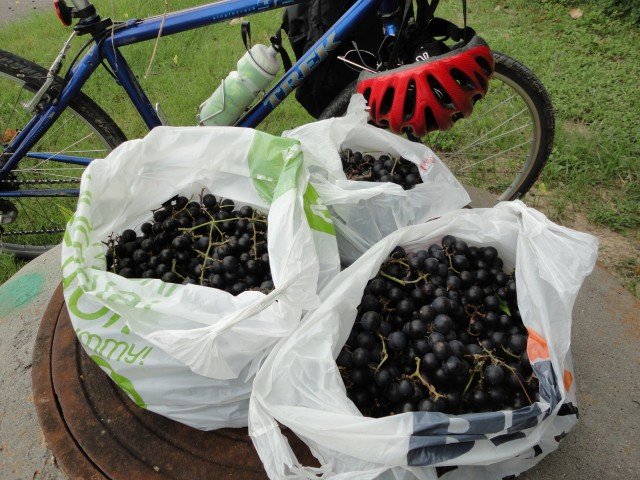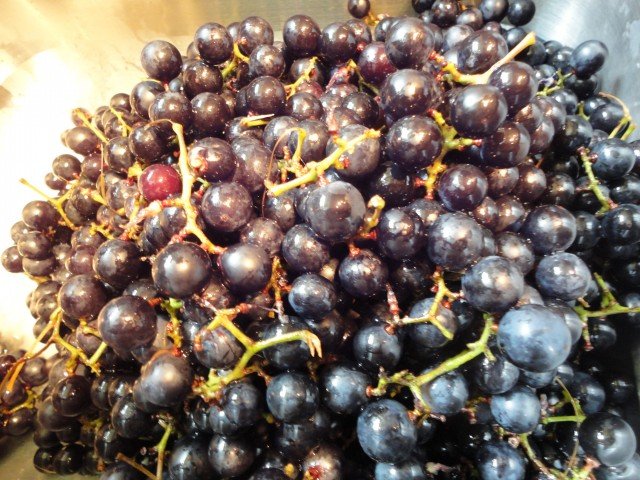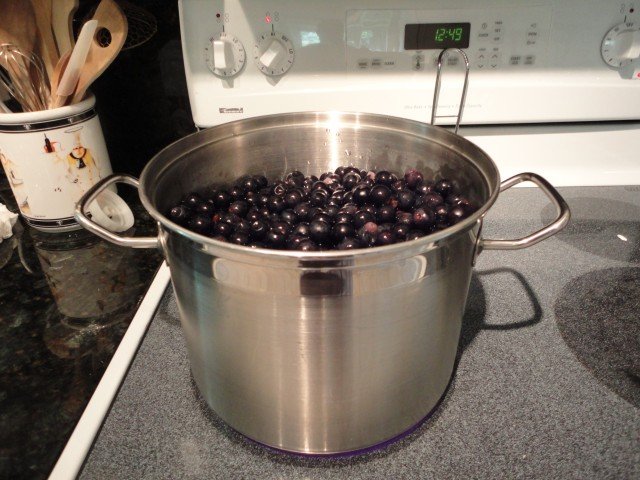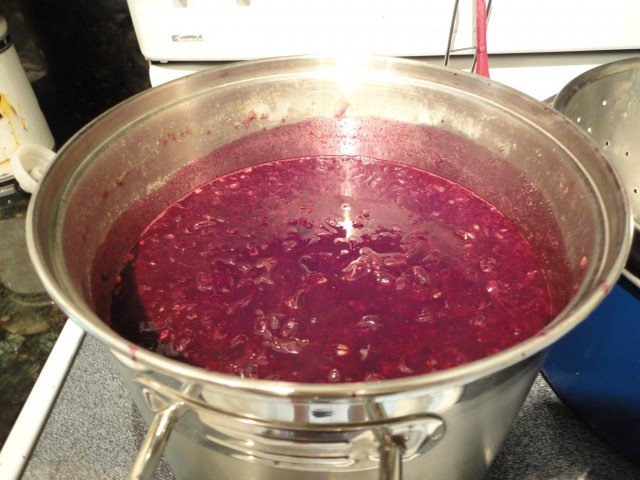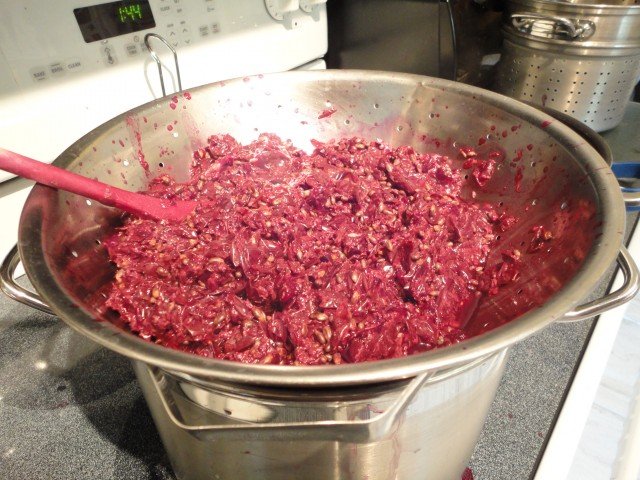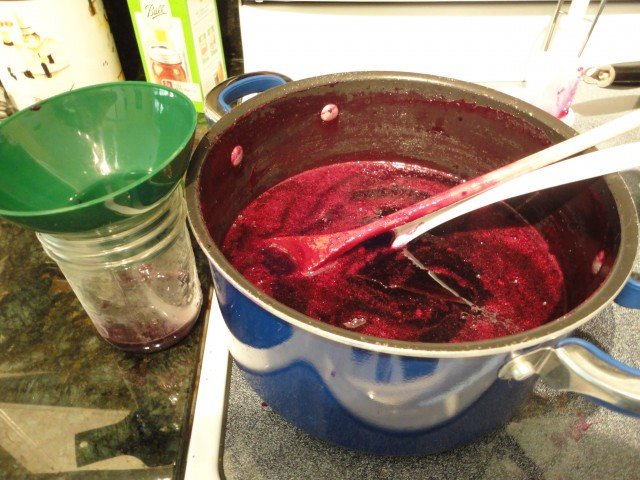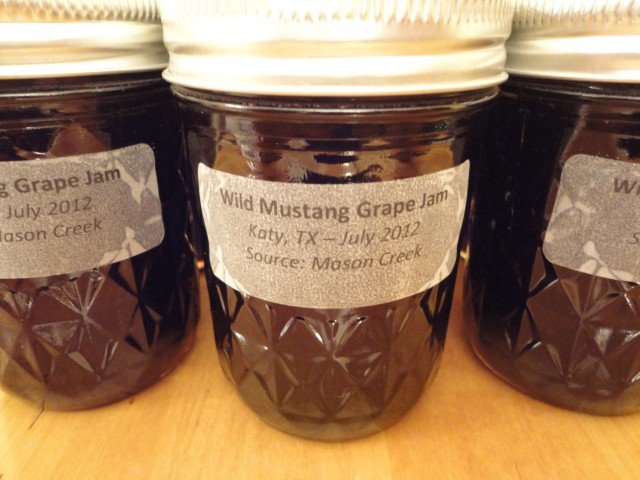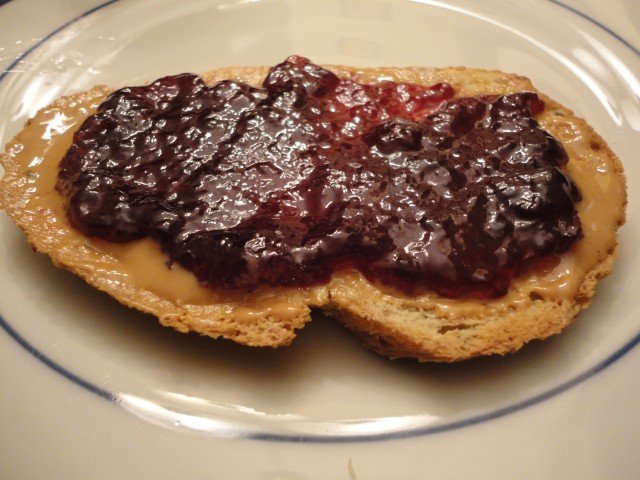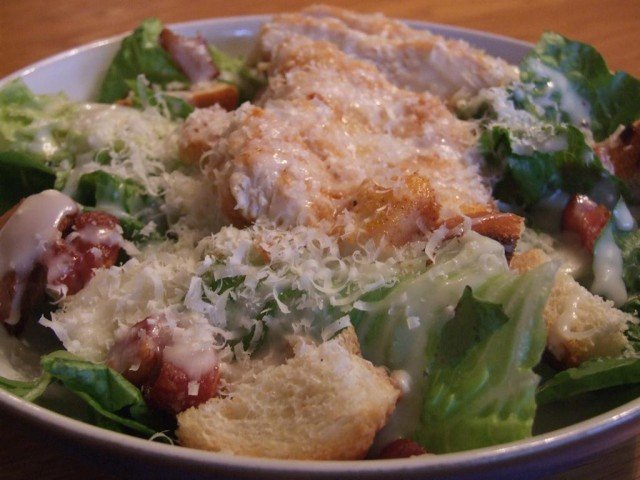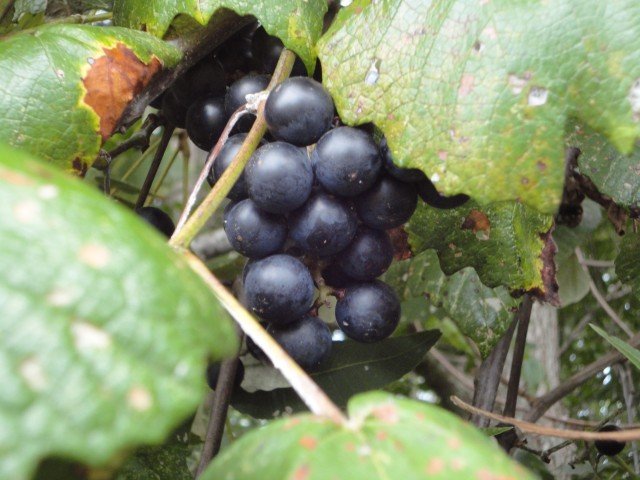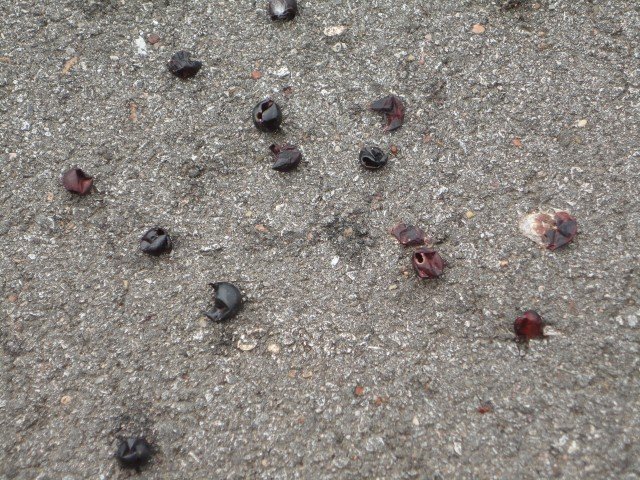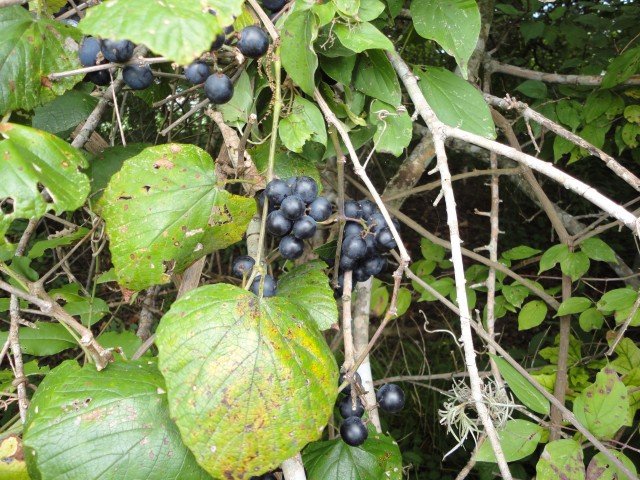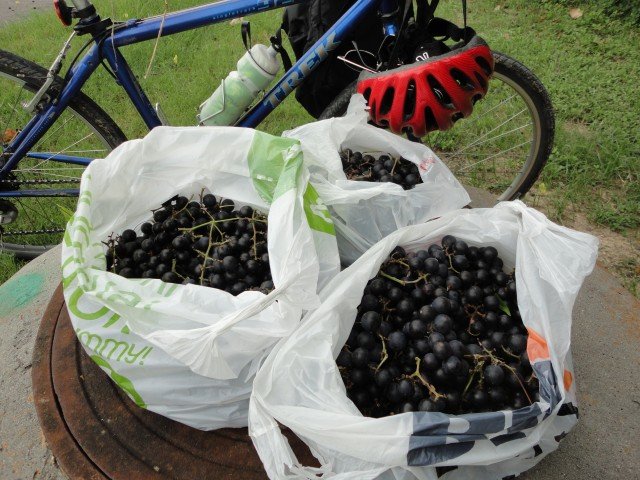In Spain, tapas are little delicacies served in bars, enjoyed with something to drink. It is said that Alfonso the 10th of Castile gave an order that taverns were not to serve wine unless it was accompanied by tapas. The word ‘tapas’, comes from the Spanish word ‘tapar’, which means ‘to cover’, and it is thought that it has come from the practice of pacing small slices of bread over a glass of sherry to prevent flies from landing in it. Nowadays it has basically come to mean Spanish appetizers, or snacks such as simple plate of olives or sausage, but it can still be used to describe a whole meal.
Throughout the whole of the Mediterranean, similar types of dishes appear such Meze and Antipasti, which though not quite the same, serve a similar purpose as appetizers and share many of the same ingredients such as garlic, lemon juice and copious amounts of olive oil. The other qualities that they all possess, is that they are made from simple and fresh ingredients, and many small dishes are served instead of large dish.
When I get a craving for tapas / meze, I usually buy a lot of ingredients, mostly vegetables, on a Monday, and make between 5 and 8 small dishes. There are always leftovers, so on the Tuesday, I only have to make a couple of small dishes, and the feast rolls on throughout the week with an exciting selection of food each night for dinner. I sure a lot of people have sometimes looked at an restaurant appetizer menu and wished that they could just order appetizers because they sound so good. Well making tapas / meze at home is a great way to give in to that indulgence.
Coming up with tapas style dishes isn’t that hard. I don’t claim that any of my creations are authentic Spanish tapas, but the ingredients are similar and the end result of simple, fresh and tasty little dishes is the same. When I go shopping for ‘Tapas Week’, I tend to buy tomatoes, courgettes (zucchini), aubergine (eggplant), bell peppers, olives, potatoes, lemons and parsley. I also always have a plentiful supply of garlic, onions, frozen prawns, olive oil and Spanish chorizo at home. A note about Spanish chorizo, this is different to the Mexican chorizo, in that it is more like a salami than ground sausage. The ingredients for both types of chorizo are similar, but the Spanish one stays together when cooking.
Spanish Chorizo and Potato Tapas
This dish is one of the staples I make when starting a Tapas marathon as it is easy to throw together and it is very tasty hot or cold.
Ingredients
- 0.5lbs (225g) of cooked potatoes, cut into cubes
- 1 medium onion, sliced thinly
- 2 cloves of garlic, finely diced or crushed
- 6″ (15cm) of Spanish Chorizo, thickly sliced and quartered
- 4 tbsp of olive oil
- a handful of flat leaf parsley, chopped
- Salt and freshly ground black pepper
Method
Heat the olive oil in a pan and first start to sauté the onions until translucent. Add the garlic and cook for about 30 secs before adding the chorizo and then the potatoes. Cook until the edges of the potatoes and the chorizo start to brown. Mix in the parsley and serve in a small dish. Though this dish is great served warm it can easily be served cold.



